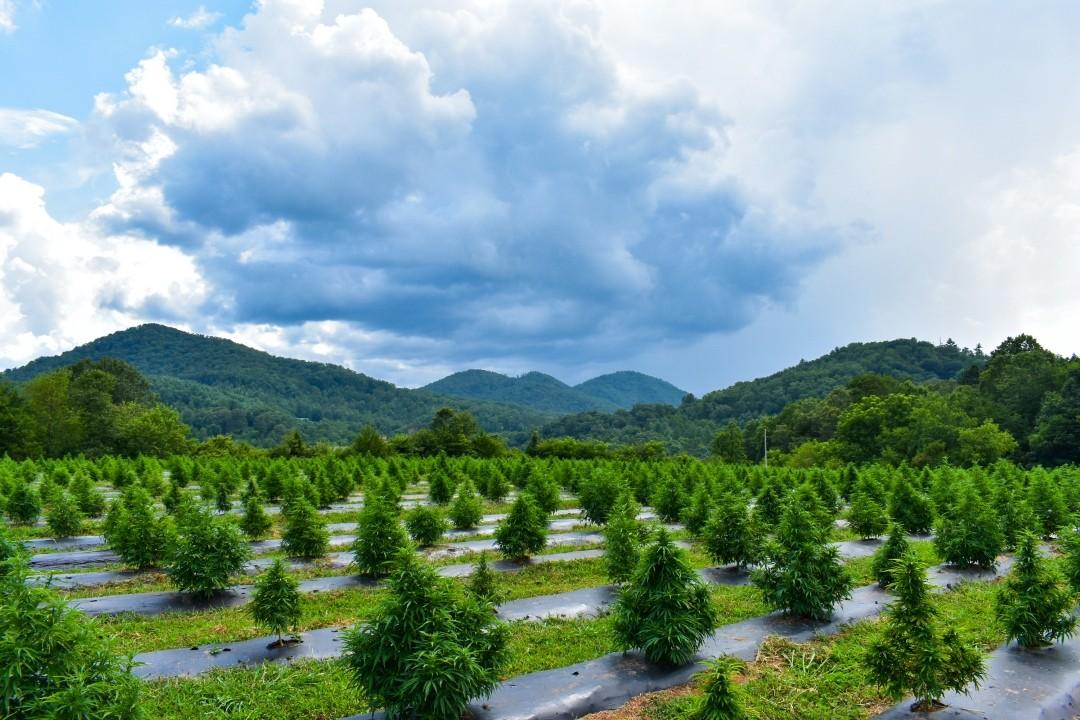
What is Hemp, How Is It Different from Marijuana and What Is It Used for?

You may have heard the terms: Hemp, CBD, CBG, THC, Marijuana, Cannabis, Cannabinoid, etc. be thrown around - But, really - what is hemp?
Both hemp and marijuana are part of the Cannabaceae family and the cannabis genus. In essence, they “are the same plant” but their components and behavior is very different. Unlike other plant categorization, the taxonomic organization of this plant is inconclusive and does not reflect a meaningful genetic identity, but rather the nomenclature has evolved from the cultural surroundings and the desired characteristics in the plant.
The primary difference between hemp and marijuana is that:
-
Industrial hemp has been bred to have high CBD (cannabidiol) or CBG (cannabigerol), while having a very low THC (Δ9- Tetrahydrocannabinol) content.
-
THC is the intoxicating, "soaring" element of marijuana that provides the historically famous high, which marijuana contains higher levels of.
-
The legal amount of THC in hemp plants in North Carolina is 0.3% by dry weight.
The USDA is currently defining the national THC levels for hemp as an industrial hemp regulation plan is being developed. The 2014 Agricultural Act paved the way for Industrial Hemp research, and the 2018 Farm Bill signed hemp up as a new agricultural industry and crop. Since hemp is no longer considered a controlled substance, the industry has manufactured a variety of products like CBD oils, tinctures, topicals, lotions, and smokables.
Cannabidiol is the second most prominent component in the cannabis plant, but it is not psychoactive and does not get you "high." Instead, consumers state that CBD provides:
-
Pain relief, a general sense of relaxation, lower anxiety, among many other benefits.
For thousands of years, hemp had been cultivated for fabric and fiber. Throughout US history, hemp has been grown for:
-
Fiber, oilseed, paper, clothing, building materials, plastics,as well as hemp flour, hemp seed-based products, and more.
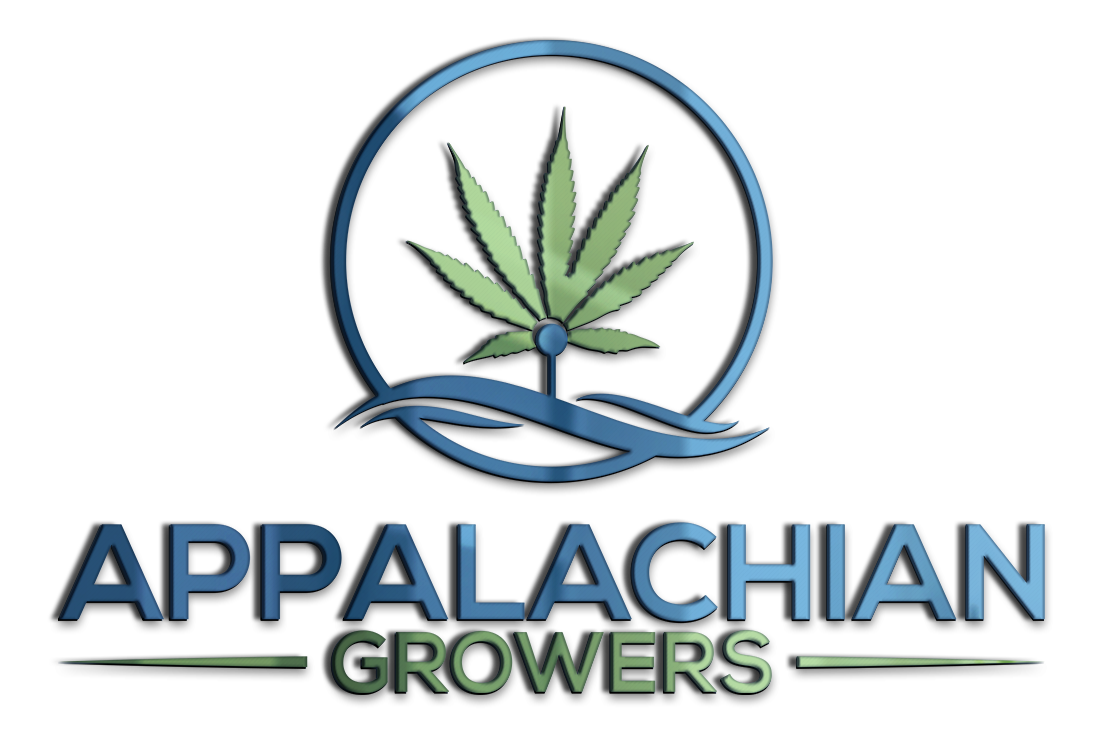
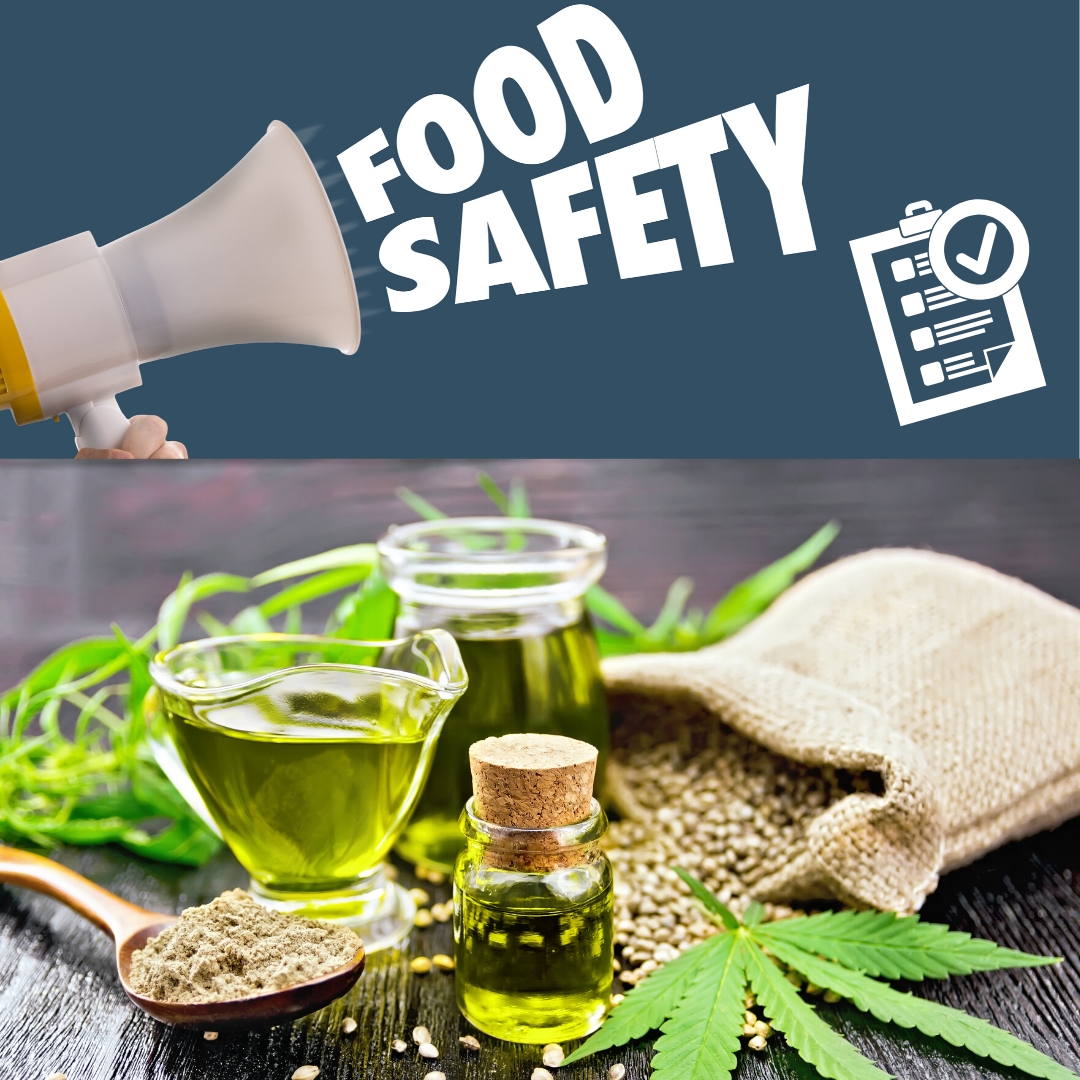
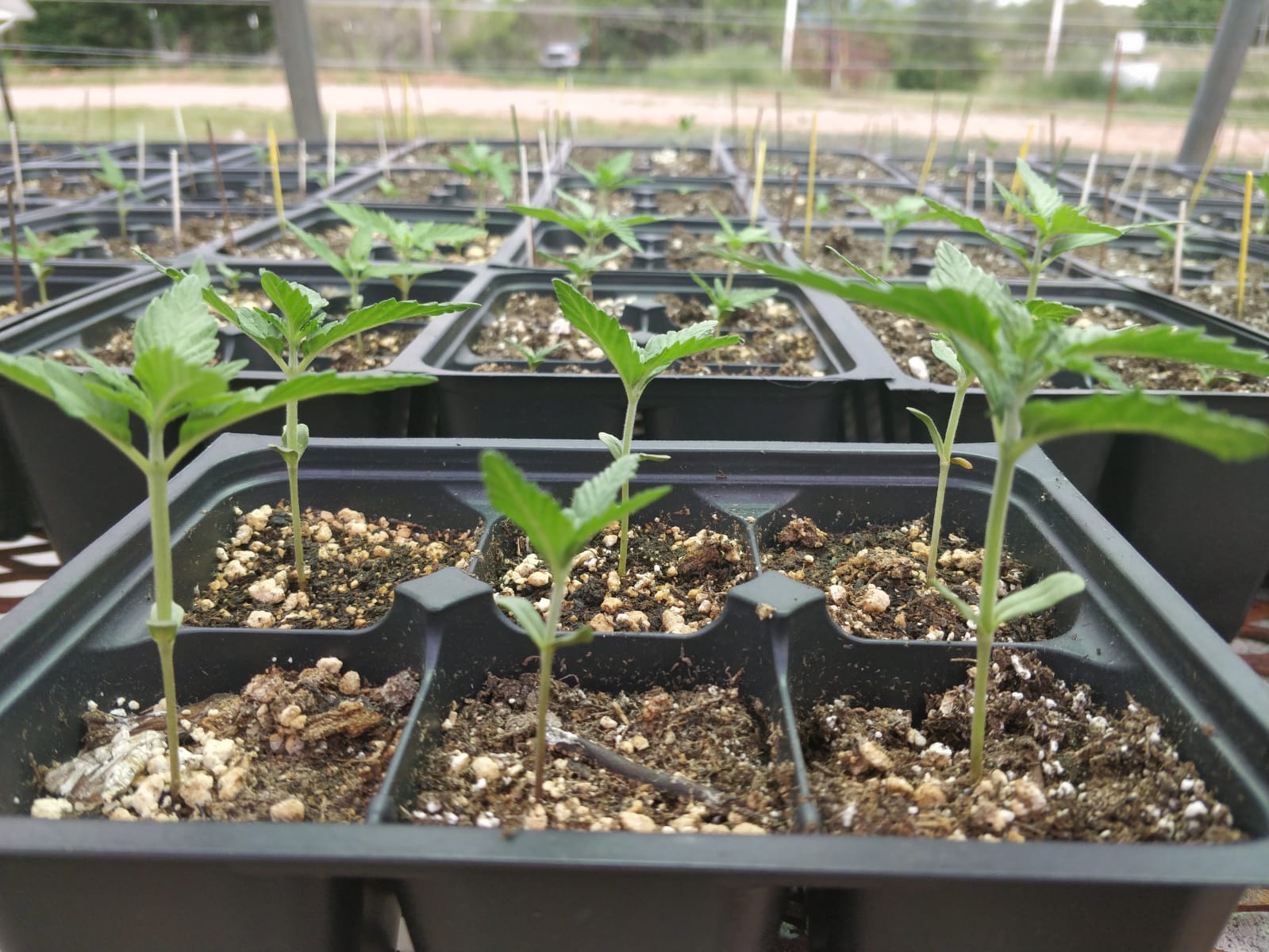
Leave a comment
This site is protected by hCaptcha and the hCaptcha Privacy Policy and Terms of Service apply.